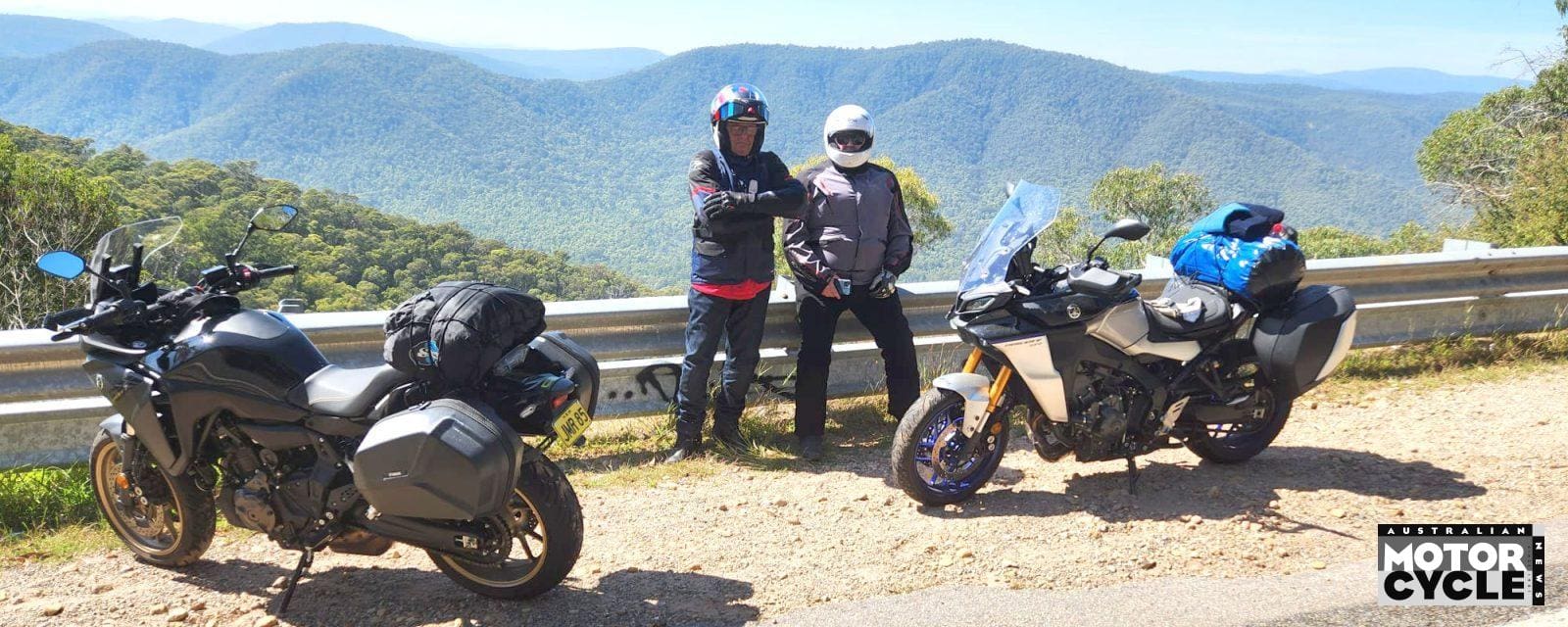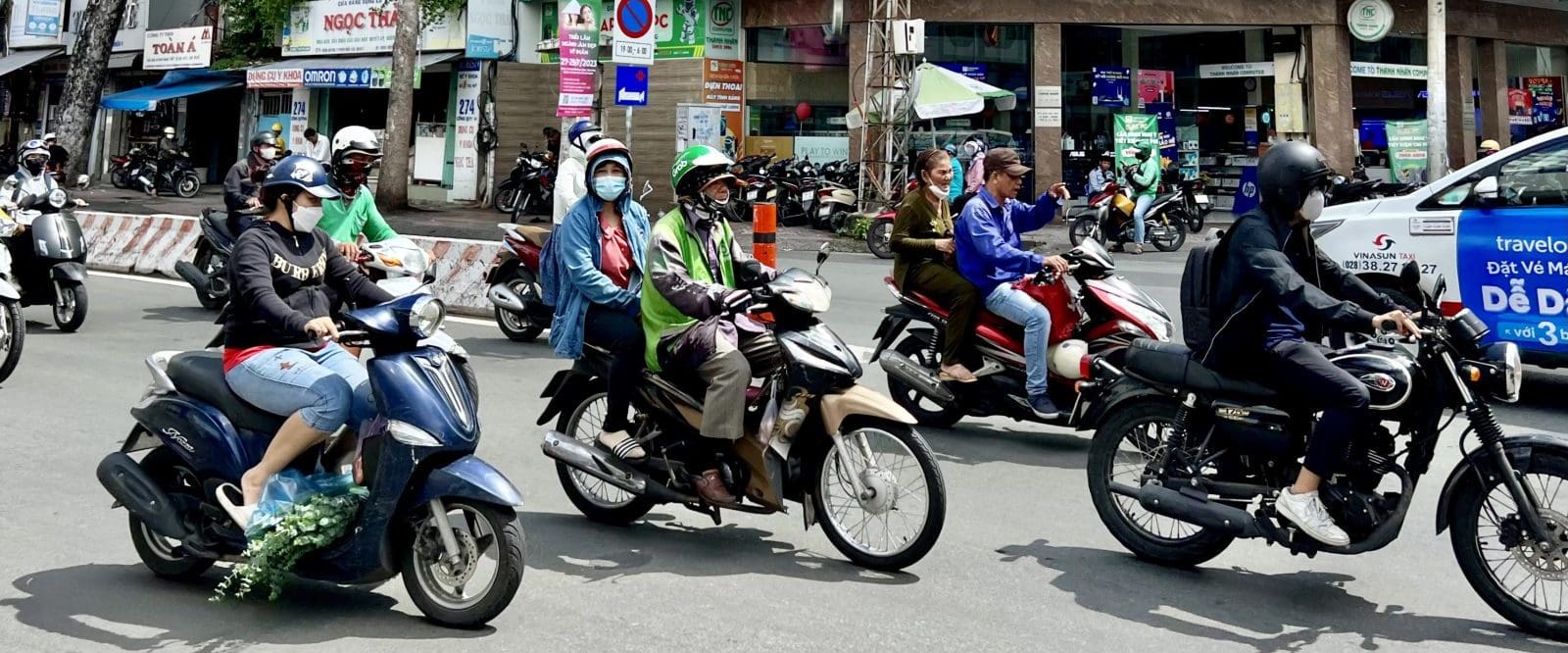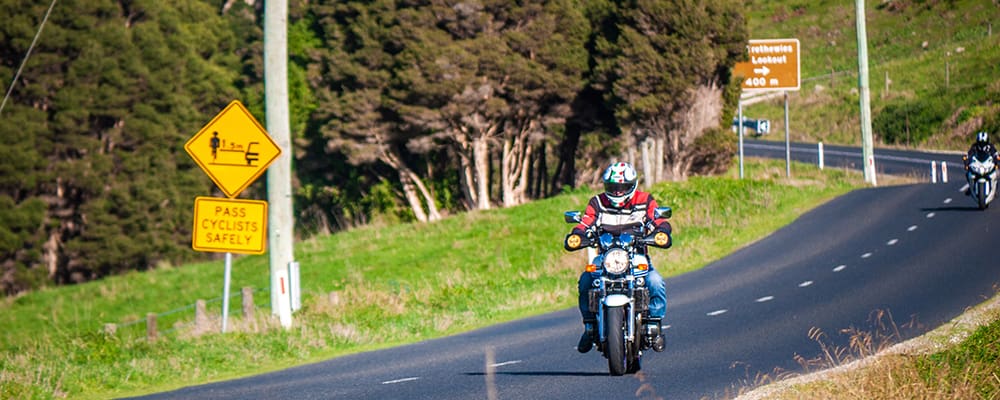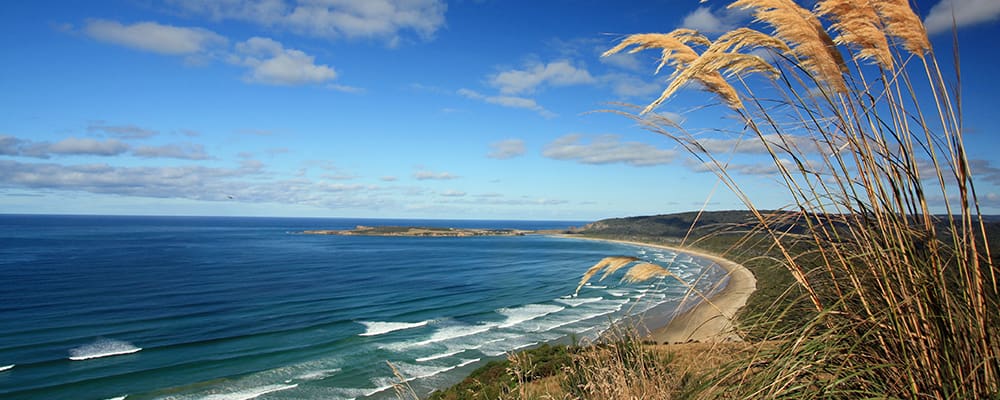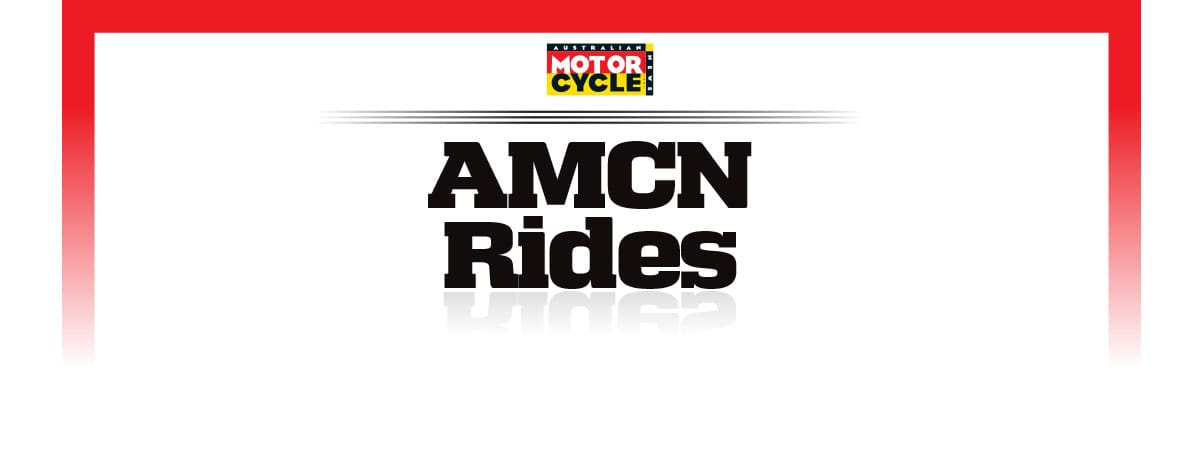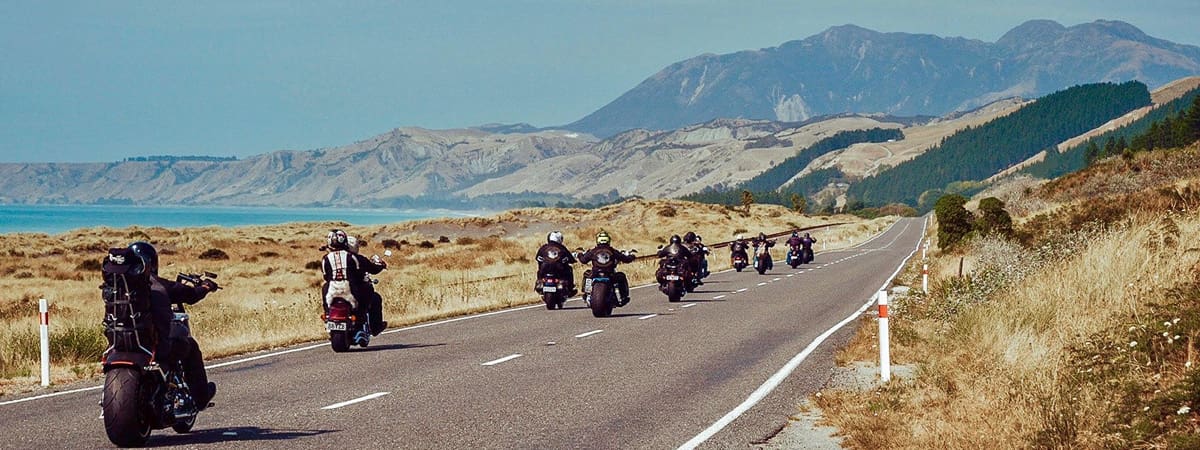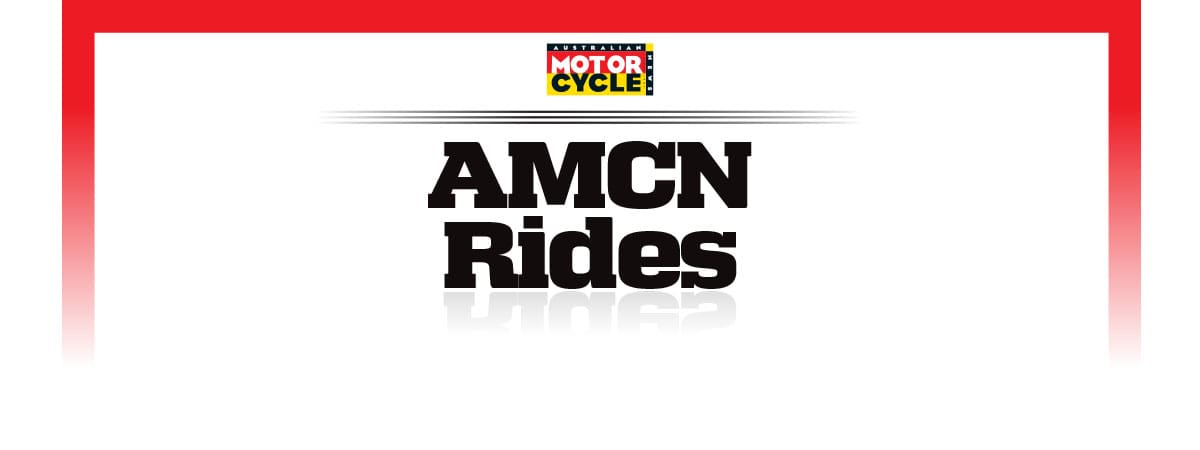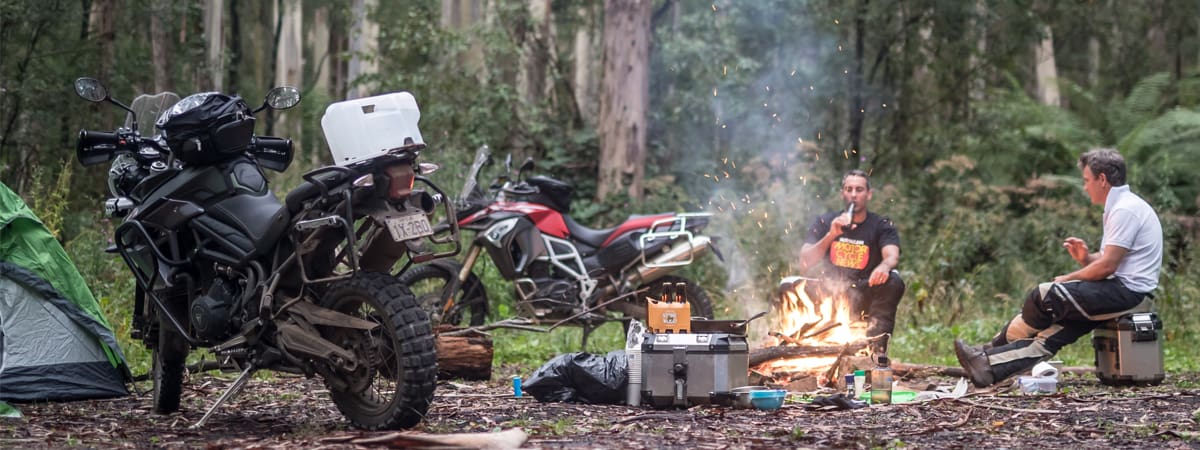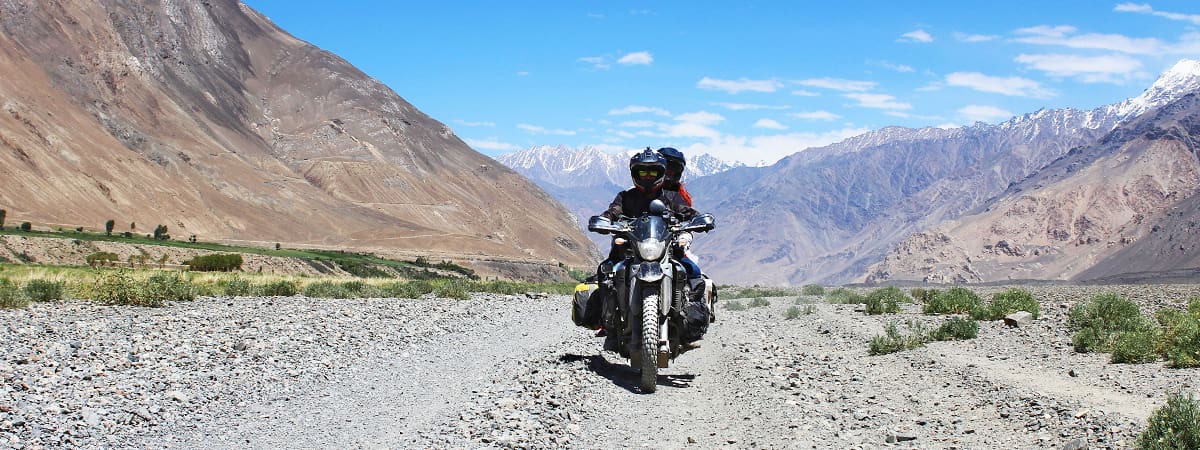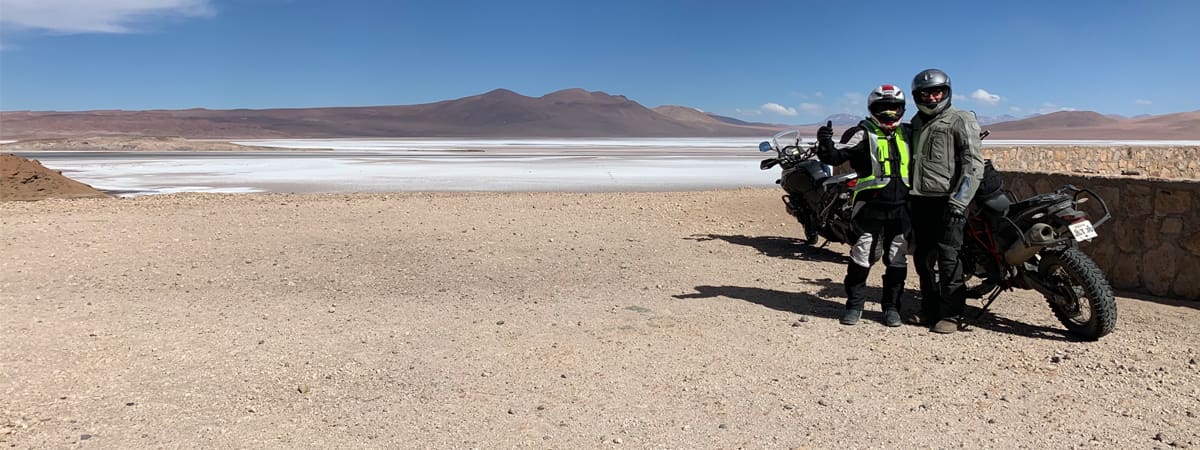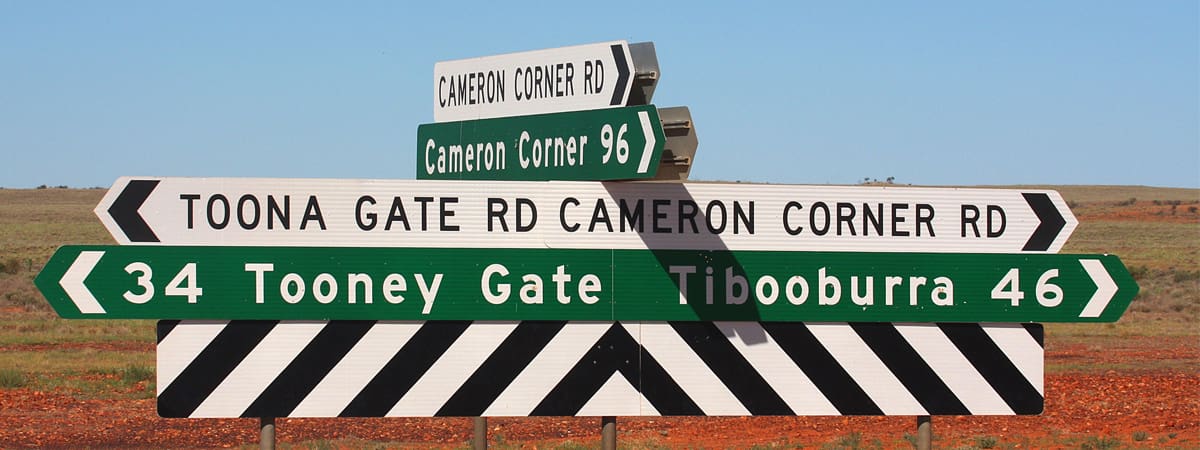To this day, I can remember the face-off between US President John F. Kennedy and Soviet Union leader Nikita Khrushchev in the early 1960s and how my school had prepared for a nuclear attack; crouching beneath our desks, noses buried in skidmarked Y-fronts, praying for relief from the odour. Or, as one wag had it, kissing our arses goodbye.
Long after the Cold War ended, Cuba remained a no-go area for US citizens as part of George W. Bush’s Axis of Evil, so the notion of saddling up a vintage Harley-Davidson for a lap of Havana took some time to digest. But tenuous connections to the Harlistas Cubanos community promised access to a brace of privately owned classics for the adventure of a lifetime, and I was on the first flight to Cuba.
Having never ridden a Harley of any era, I was still patently aware of the mystique of this legendary marque but never found much appeal in terms like Knucklehead, Panhead and Shovelhead. However, the siren song of discovering Cuba on a machine built before I was born was simply irresistible.
At first sight the machinery shimmered as brightly as it had in my imagination, and a rush of enthusiasm suppressed any thoughts of practicality.
Luis Enrique González’ pride in his collection was all too obvious, and infectious. His passion, perseverance and persistence is what has kept these ancient classics alive, so it was easy to overlook the obvious fact that, with absolutely no access to spare parts or service items, all that kept these machines operable was lots of tender loving care (and Chinese-made spark plugs).

I was paired off with an aqua-blue 1941 UL Knucklehead (quite possibly due to the fact its colour matched my helmet). With a compression ratio that had been diminishing for seven decades, finding top dead centre wasn’t as precise as it may once have been; kickstarting was an acquired skill. Choke on, ignition on, TDC?, kick. Repeat. Repeat. Repeat. Stop and cogitate.
The throttle was a leather fetishist’s delight, wrapped around the handlebars with a liberal amount of petroleum jelly and, with no return spring, picking choke and throttle positions was problematic. Ignition off, a few swift clearing kicks and try the procedure again. And again.
Eventually the big twin burped and backfired. Luis adjusted the idle screw and the motor settled at a rather lumpy 400rpm, which seemed strange; but maybe it’s that Harley thing.
After sufficient contemplation I remounted the machine and engaged the clutch, rocking the left heel rearwards and, with the hand shift, selecting first gear, which was found at the near end of a well-worn aperture. Fourth gear was at the far end of this same aperture, and I later learnt that intermediate gears could often be randomly discovered between these two extremes.
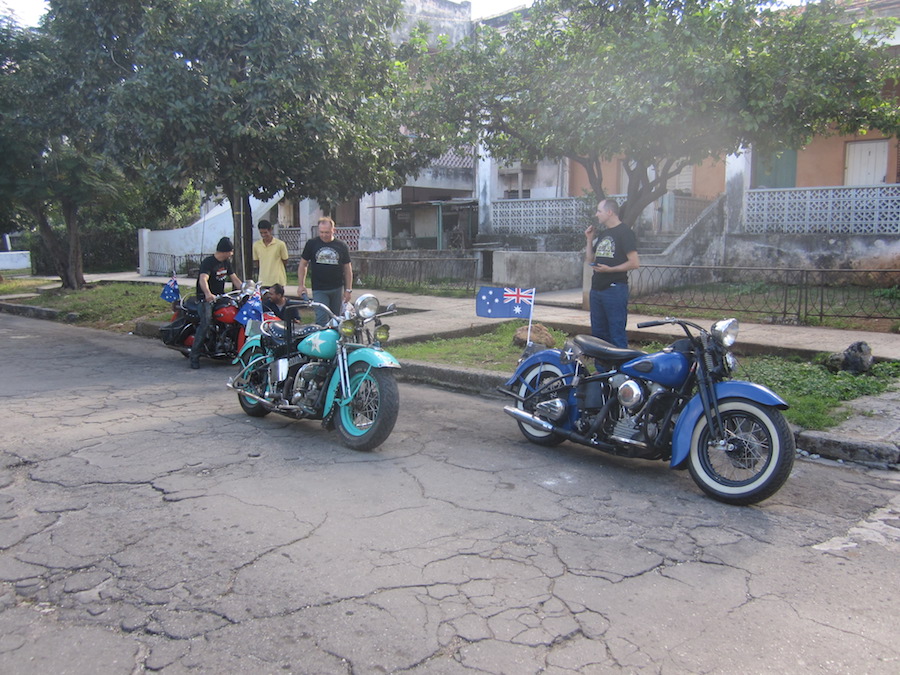
For now, I was happy to engage first, roll the left foot forward and negotiate my way around the block a couple of times.
For familiarisation, Luis had relocated the front brake lever to the right-hand side, which would have been comforting had it operated anything other than by remote control – the remote function had been perfected, but the control aspect remained theoretical. This left all retardation to the original rear asbestos brake shoes, which had long ago succumbed to terminal emphysema.
Luis has diligently kept these machines preserved to the best of his ability. Now, preserve is something mad Aunt Maude did with rhubarb and chutney, and the internals of these powerplants produced exactly the same effect as her finest concoctions. The terms lumpy and slushy come to mind.
Deep down I knew the week ahead would be challenging; potholed roads, a heavy, rudimentary machine with a rigid frame and no suspension, abysmal braking, sometimes gears, and woefully vague steering. There were no indicators and no mirrors either; however, in Cuba this seemed a vexatious gripe. Despite the all too obvious dangers of attempting to handle the peak-hour traffic with my limited experience, I vowed to press on regardless.

Warning sirens should have shrieked next morning when the kickstarter parted company with my bike, along with a tasselled leather dildo, which slid from the handlebars. A second Knucklehead had blown a head gasket, forcing one of our crew on to ‘the Beast’ – a 1944-model bobber piloted from atop a Russian tractor seat.
Back in Kings Cross, St Kilda or on Tedder Avenue this bright orange fashion accessory, dubbed ‘Adrenalina’, may have made the perfect fashion prop. At all other times it should have remained securely locked indoors. John-Paul still has the bruises to prove his persistence before Adrenalina’s unsprung seat ripped itself from the frame over a particularly gnarly stretch of pavement, and near ripped its rider a new arsehole.

Throughout the long day, running maintenance consisted of replacing the spark plugs at regular intervals. New spark plugs can, for a very short time, rectify many engine ailments; the more fundamental the powerplant, the more likely a clean spark will provide a temporary cure. However a new spark plug will not replace a missing first gear, mend a broken clutch rod, straighten a bent valve or reline a brake shoe. These and other problems beset us as we shuffled our way out of Havana.
With our guide despatched to manufacture another head gasket, I was pushed off into the lead with the shouted directive to turn left in about 20km. Wondrously, I discovered the Harley’s odo was working. In miles. But I hoped that someone who knew our destination would soon take up point duty.

The reason I was in the lead was due to the broken kickstart. Luis had ‘repositioned’ it with a lump of two-by-four, but I’d broken it again. I pointed out to Luis that even if the kickstart had only been used once a week – and in the unlikely event had started the machine first kick every time – it had still suffered 4000 hefty kicks in its lifetime. Maybe it was tired. Not so, countered Luis; clearly my ineffective starting procedure was the cause of the breakage. The proof positive was that the kickstarter had never broken before.
The sun had long since set by the time we reached our digs that evening and happy hour was a little subdued. The next day was spent fettling the bikes to the point where a further 12 hours later we could slowly return to Havana.
On reflection, it’s easy to see that some opportunities appear too good to be true; but there’s only ever one certain way to find out.
With the growing détente between the US and Cuba, maybe Luis will be able to acquire the tools and spare parts he needs to fully restore his collection. Though by then it will be far too valuable to let loose on the streets of Havana in the hands of careless tourists.

At least now I can finally claim to have ridden a Harley-Davidson. And not one of your modern cookie-cutter customs either, but a traditional Knucklehead of somewhat exotic provenance in an equally exotic location. And while the majestic colonial facades of old Havana, Cienfuegos and Trinidad could all do with a little bondo and a coat of paint, it wasn’t until I returned home I realised how uncluttered the world had been without signs. No ubiquitous Coca-Cola branding, no golden arches, no flashing neon and, best of all, no nanny sign telling me I may injure myself if I jump into the great gaping hole in the footpath.
It’s only after wandering the streets of these historic cities and towns you realise how our own culture has become so overwhelmed with telling us what we should purchase, together with dire warnings on what not to do while making our purchases, that our never-ending signage has become meaningless while retaining its ugliness.
If you enjoy a clutter-free ride in the country, the only signs in Cuba to watch out for are Curvas Peligrosas. Indeed, many dangerous curves.

